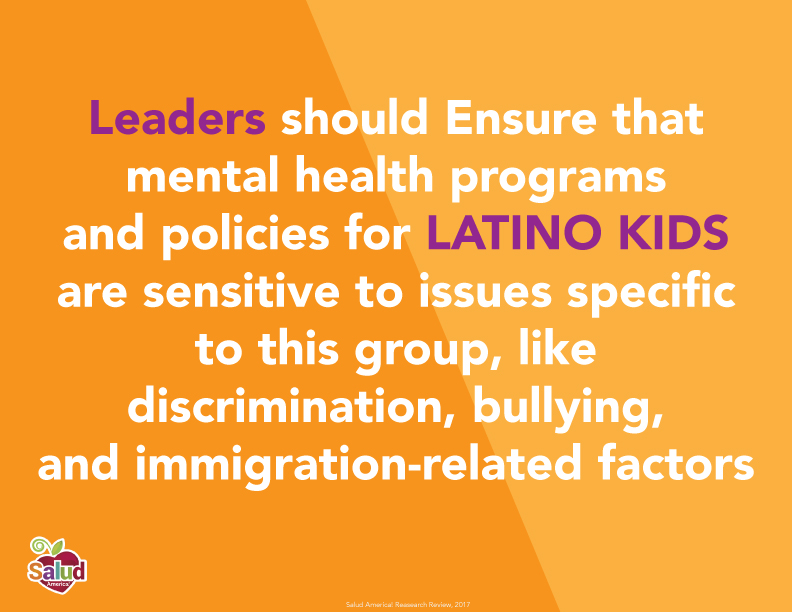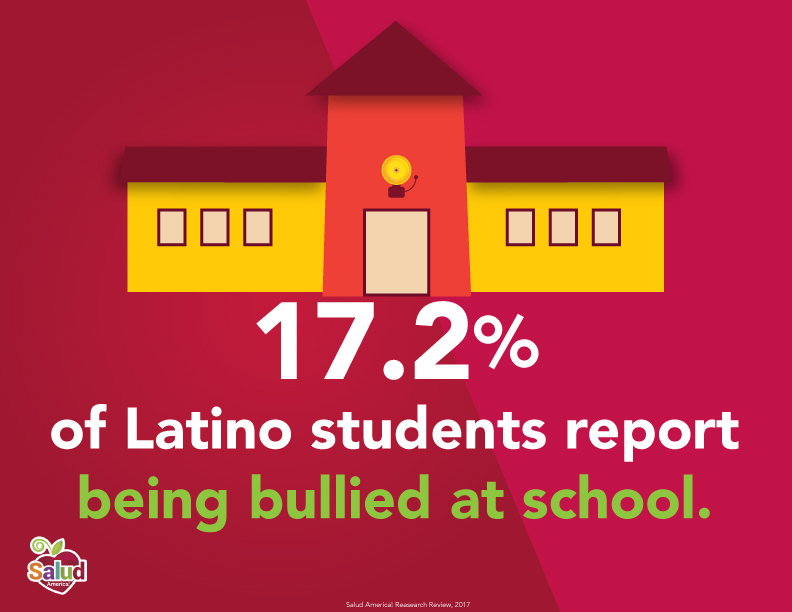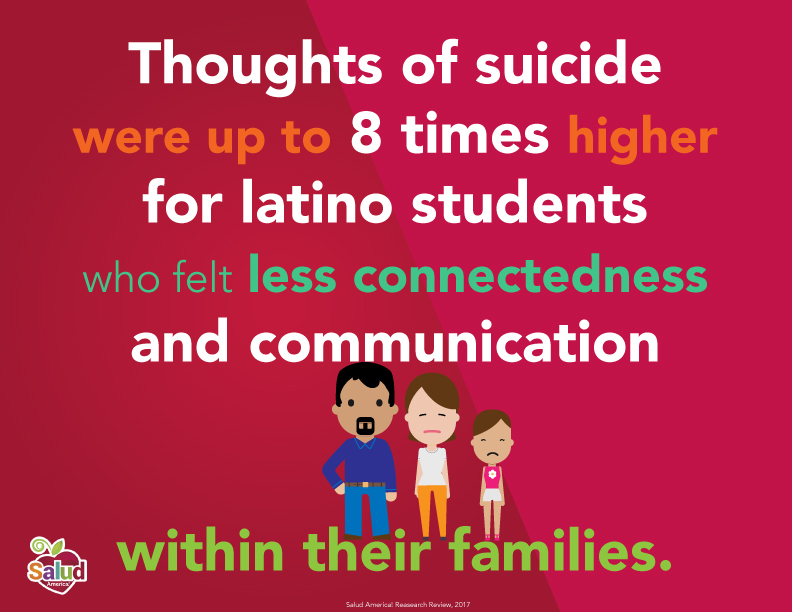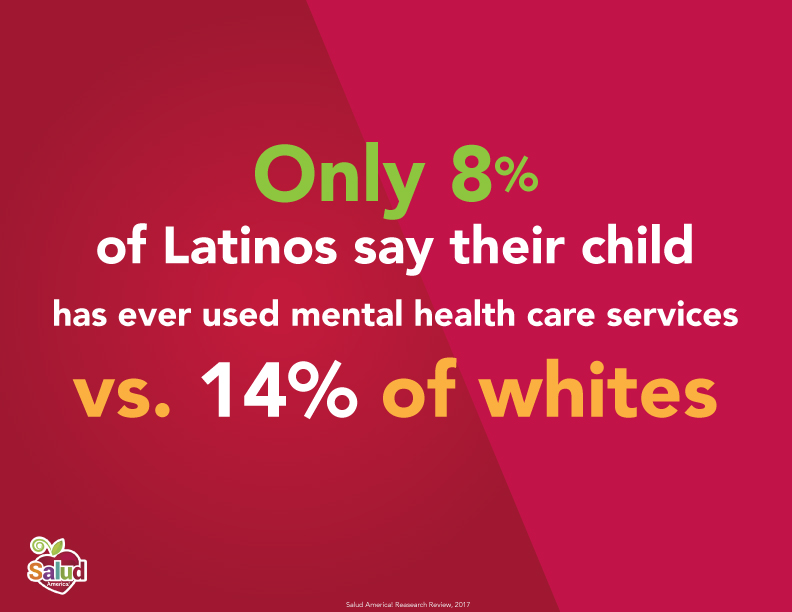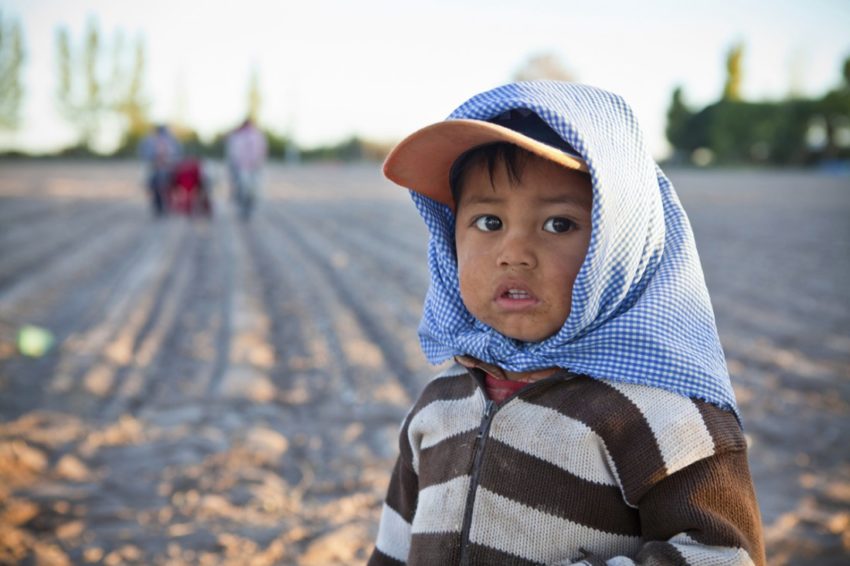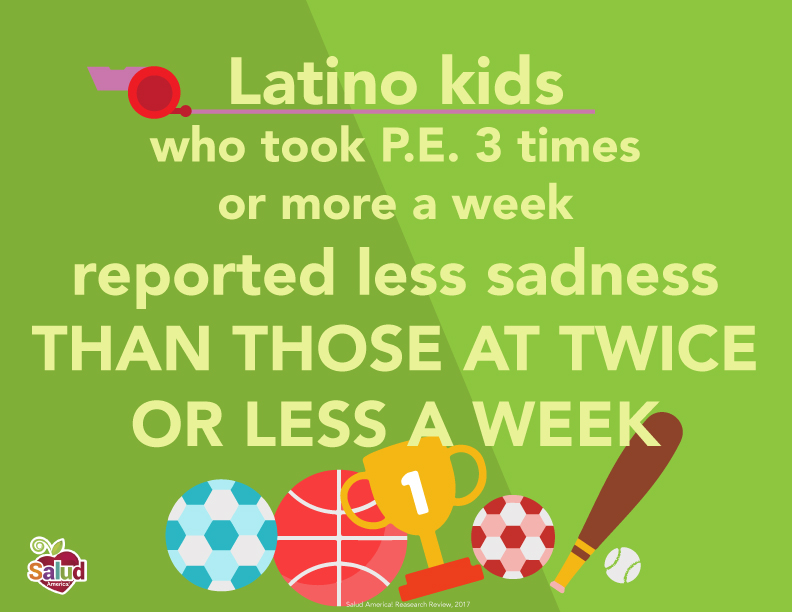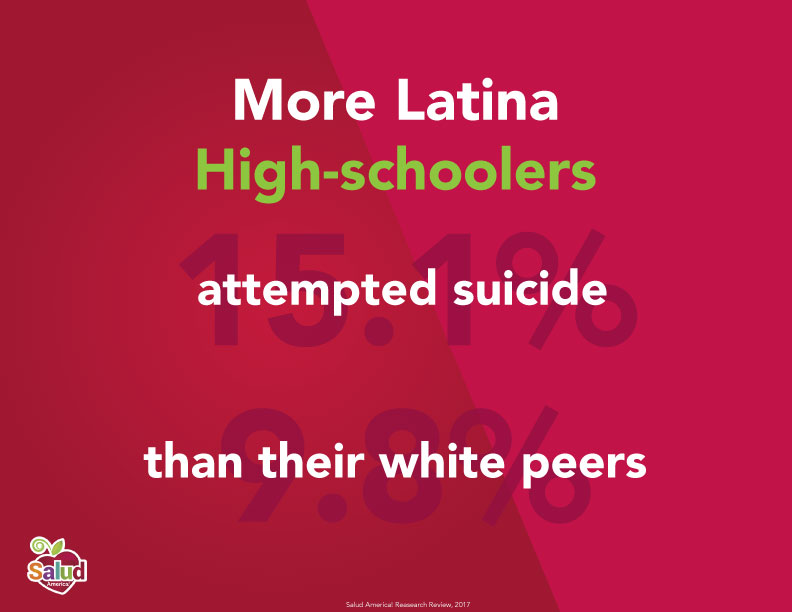Mental Health Research: Future Research
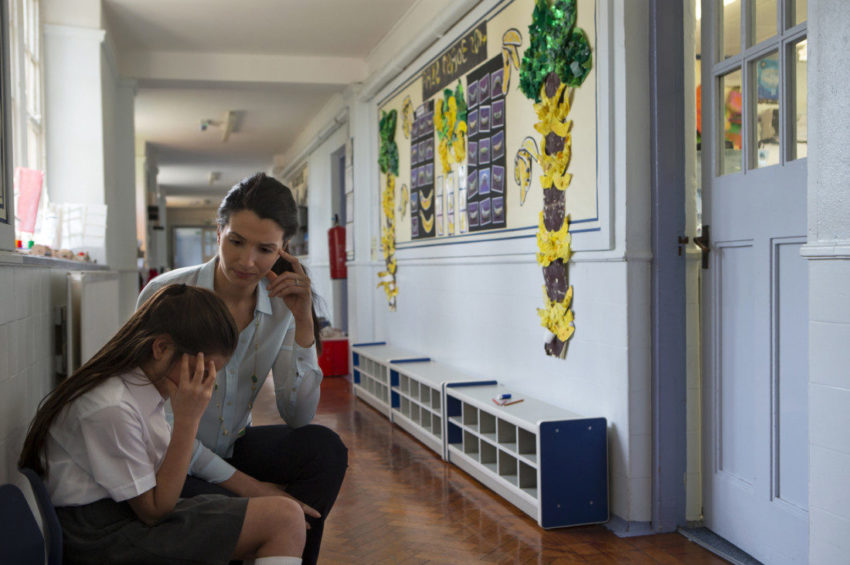
This is part of our Mental Health & Latino Kids: A Research Review » Current research is lacking Latino youth suffer disproportionately from mental health issues compared to their peers. But there is a relative lack of research dedicated to interventions aimed at addressing the diagnosis and treatment of mental health problems in this population. Family and community interventions are needed Immigration, acculturation, discrimination, and poverty-related stress have all been identified as issues that affect Latino youth, and these often overlap and interact in complicated ways. While physical activity-based interventions have been shown to have a positive effect on mental health among Latino children, family and community-based interventions are also necessary to confront ...
Read More
